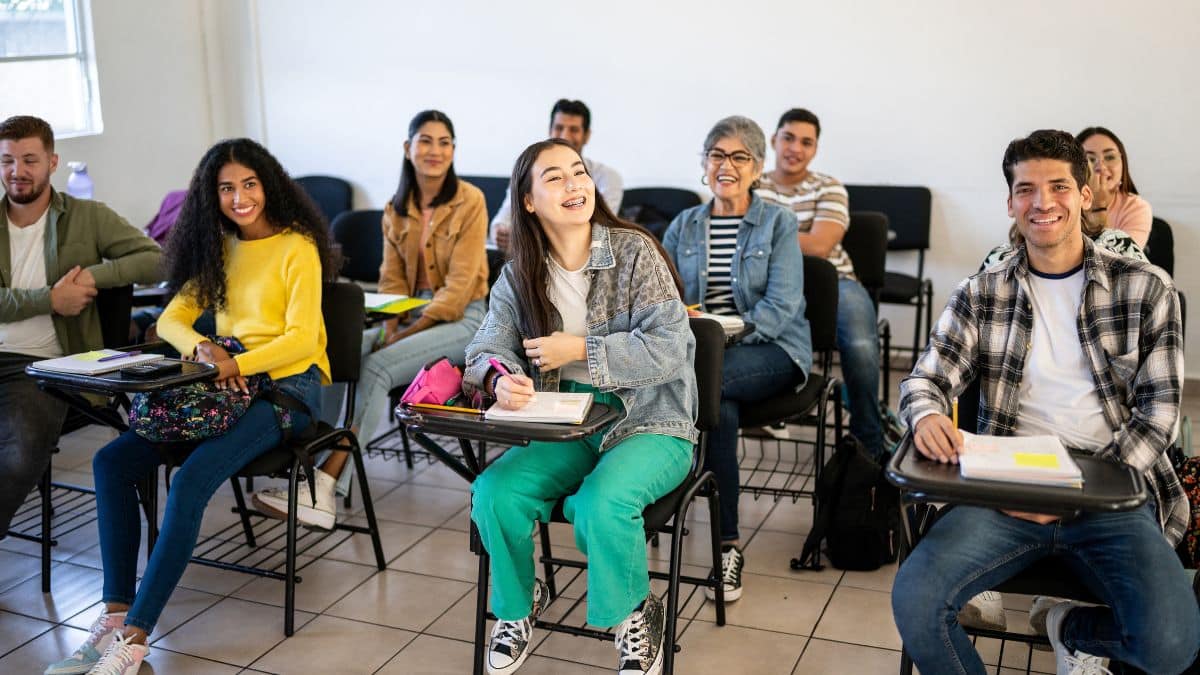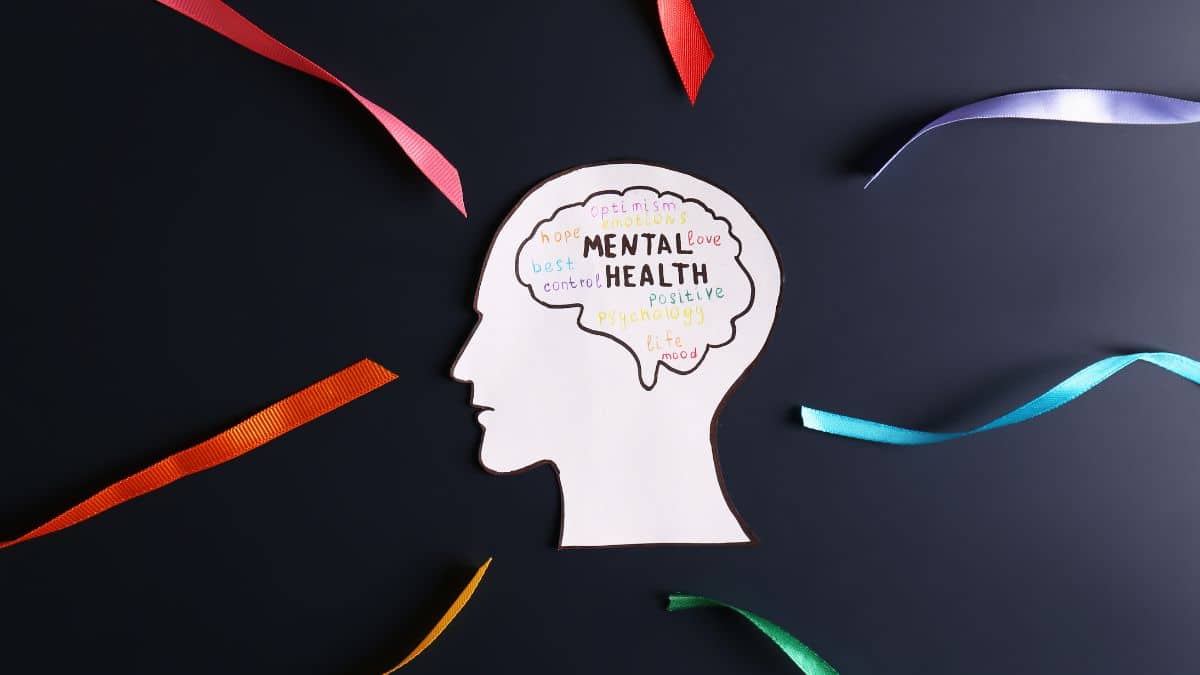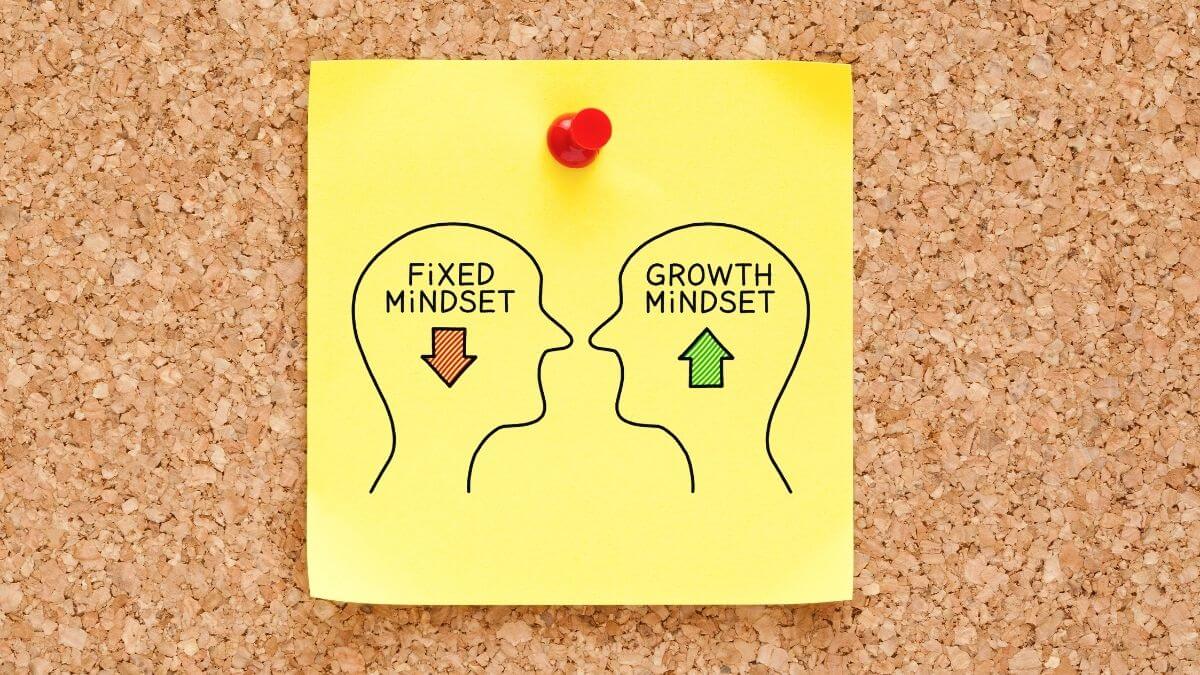– Hi. My name is Dr. LaKisha Barrett. I’m an associate dean of DEI initiatives and instruction and an associate professor of biology at Austin Community College. My passions are professional development, course design, gamification, and learning technologies, but most importantly, I’m passionate about sharing engaging evidence-based strategies that are aimed at connecting you with your community. I want you to be able to engage with your students and your fellow faculty members, while intentionally creating a sense of community and strengthening the purpose of it.
The reason why I feel this activity is important, because it is aimed at offering better support and personalised learning to your students through intentional relationship building. Establishing meaningful relationships with your students involves understanding their goals, responsibilities, their current level of comprehension and metacognition, as well as their situatedness. Students bring so much into the classroom, whether that be insecurities with housing or food, financial struggles, or being under prepared. When we understand our students, then we connect them to the resources, and this creates a more purposeful, insightful learning experience that will allow our students to achieve their goals.
We are all learners of life. We know how our institutions work. We know how to get access to the resources we need. We know how to deal with performance stress. Our students are looking to us trained professionals to be able to give them a pathway to success. And this simple survey can help you build a relationship from day one. I would encourage you to include questions that are aimed at knowing the student both academically and personally. Add in some student resource links. Begin to connect them to the services before they ever step in the classroom. Then after you’ve collected this data, you can use it to put personal touches on student emails, student interactions, and then have a better idea of the flexibility your students need in order to be successful. To better understand where your students are academically, think about using a pre-course assessment. Design your questions with prerequisite knowledge or any concepts you deem important to understand and grow throughout the course. Student feedback on what they know and what they’re bringing into the classroom, as well as their confidence or metacognition level will allow you to customise support.
Surveys are a great way to put your finger on the pulse of your student community. Whether you choose to do them at the beginning of the semester, or both at the beginning and the end of the semester, it’s a beautiful opportunity to provide a reflection for students for their learning and to measure their growth. Student metrics can focus in on persistence and their course outcomes. But when paired with this confidence or metacognitive data, then the students can also grow their own self agency, or in their own self belief, so that they know how they’ve matured as a learner. I’ve had great success in retention in my most vulnerable population, male, Brown, and Black students. It all comes with building a relationship through intentional interactions. Students are truly attracted to the opportunity to have a personal relationship with their professor.
We know this. How many instructors and professors and mentors and teachers have changed your path by just a simple meeting, the opportunity to be listened to and to get actionable items that can change their own outcomes. When we see how this survey can help us to know about their personal and situational insecurities, I know that my students are connected with the resources that are going to make a difference in their life, and help me to support each student and better understand them. By providing this personalised learning connection to resources and student-focused technology, I can help to support their growth. I can help each student achieve their idea success.
Thank you so much for engaging with me. I appreciate you opening up this activity. I would highly encourage you to try this out in your classroom, or take the conversation forward in the discussionary of this topic on the One HE platform. Thank you so much from my heart to yours. Have a great day.




























































